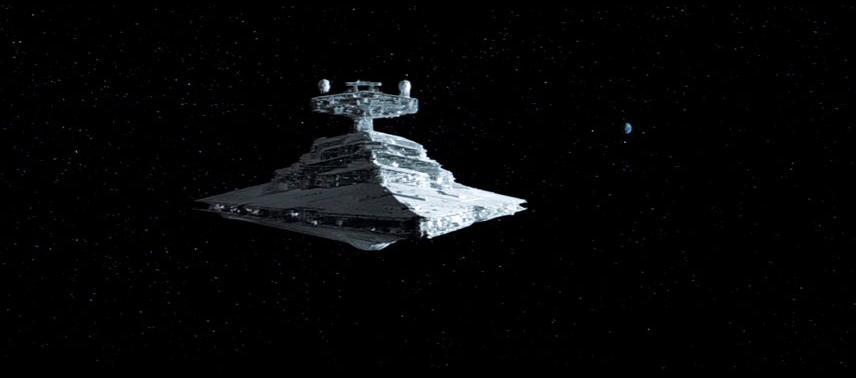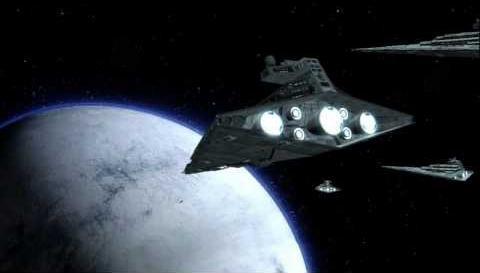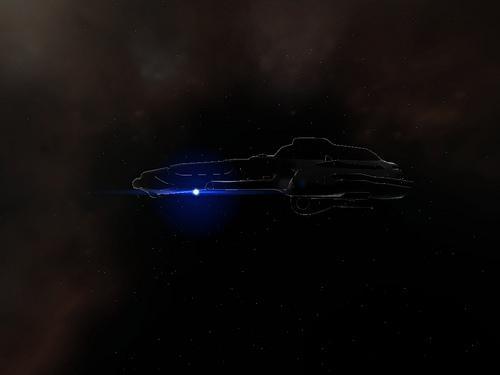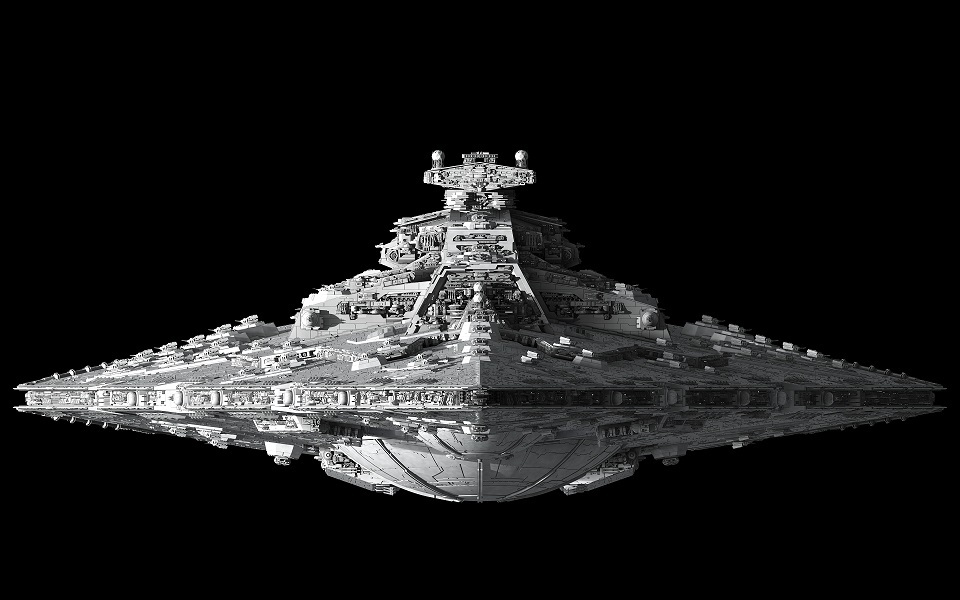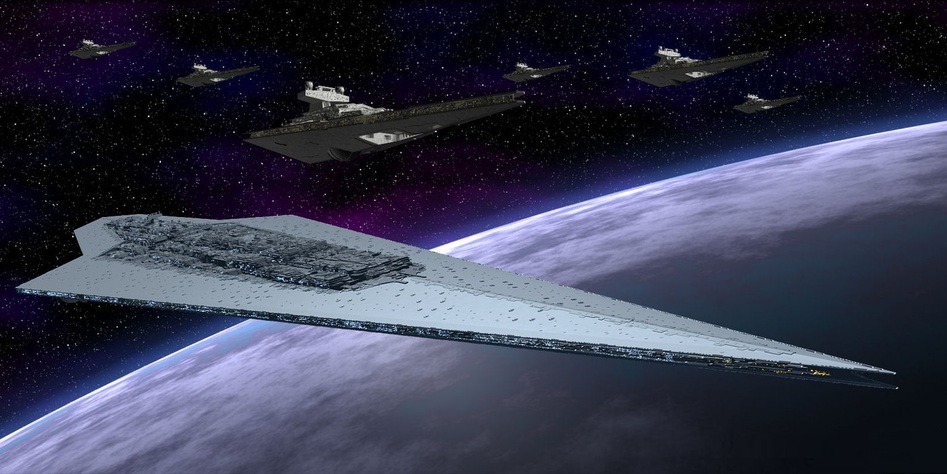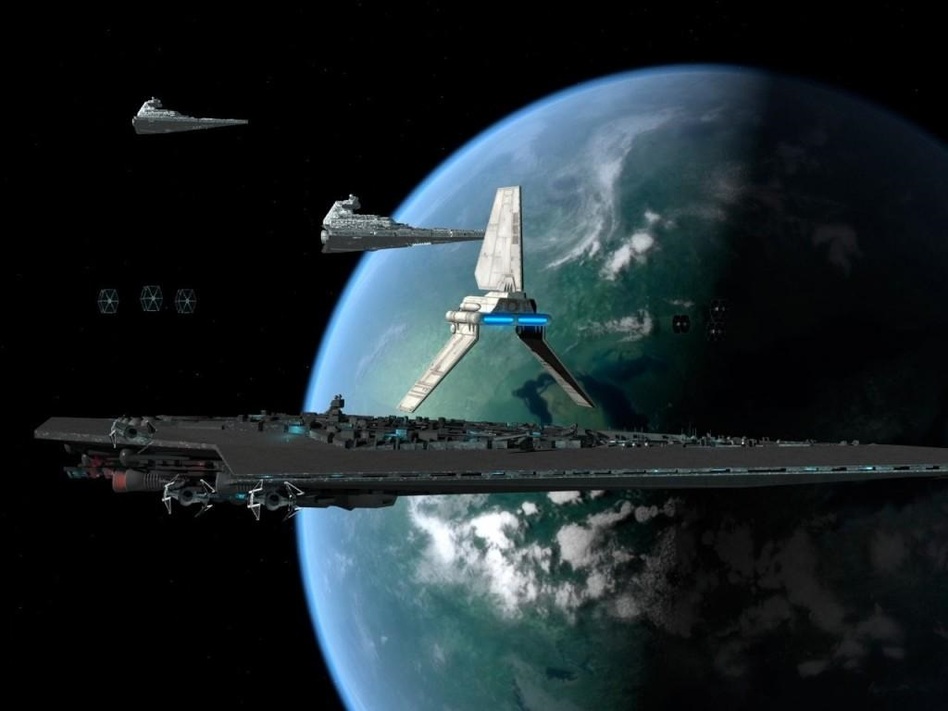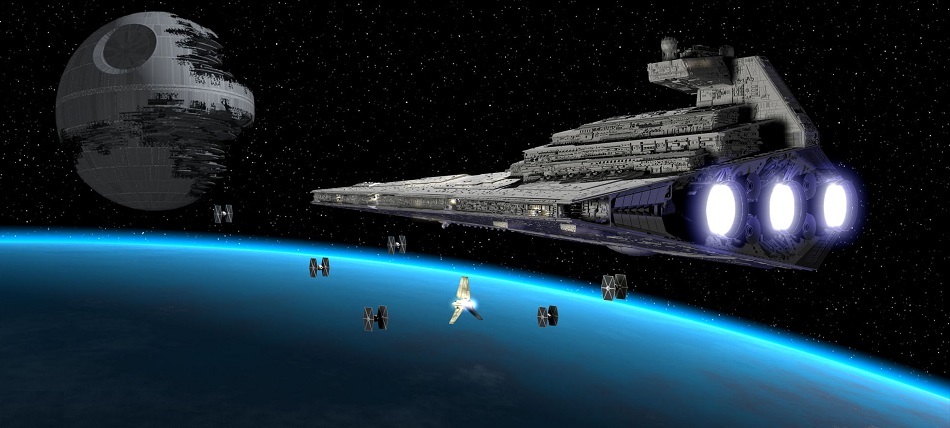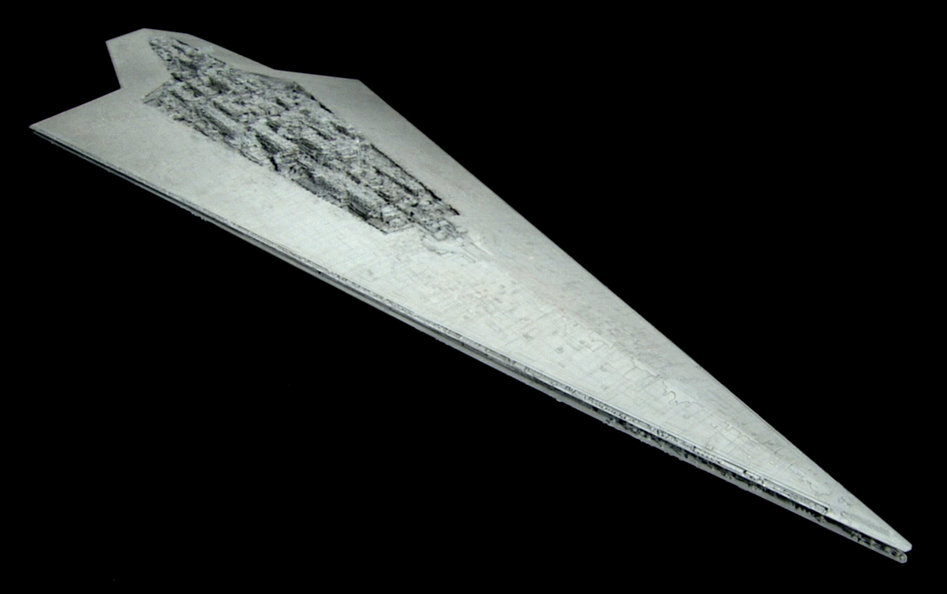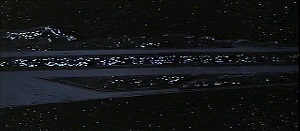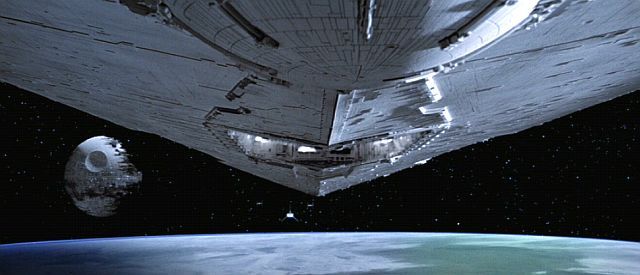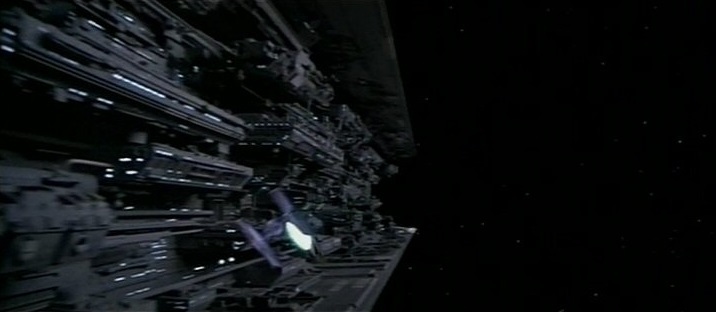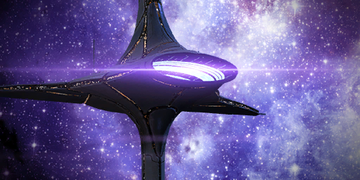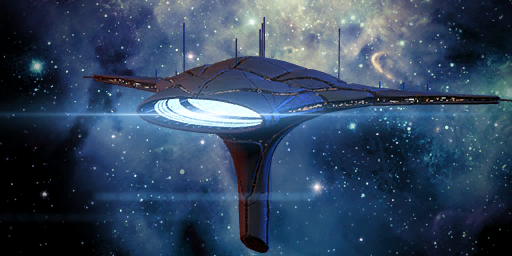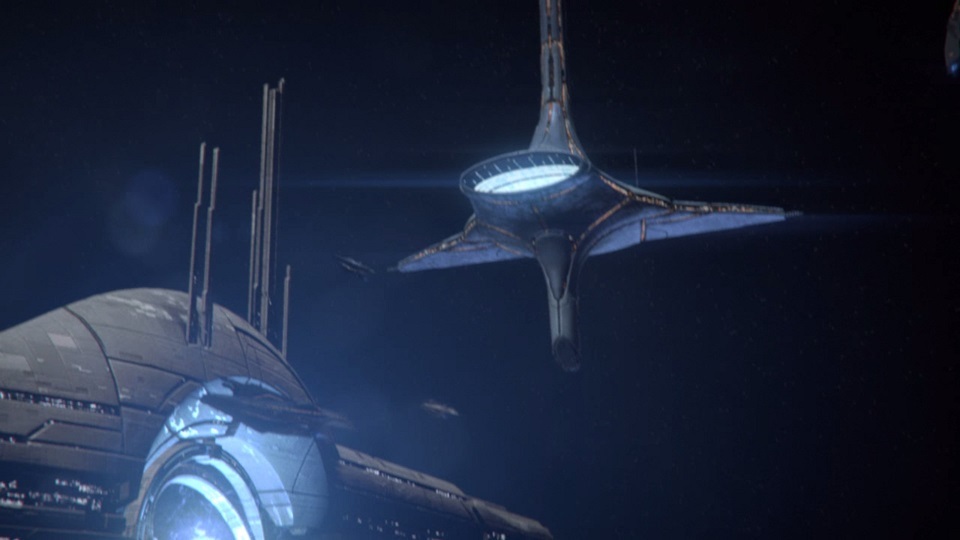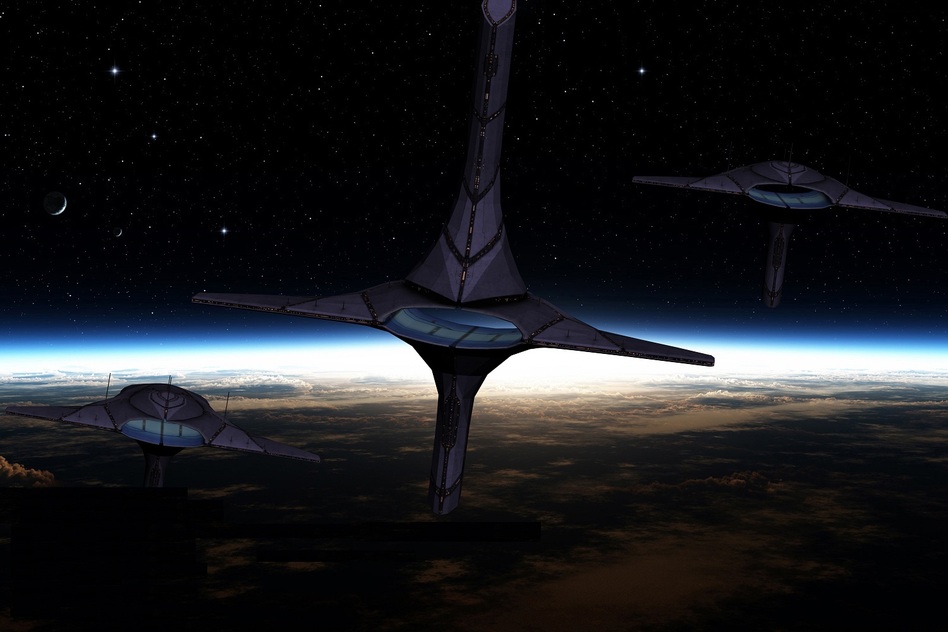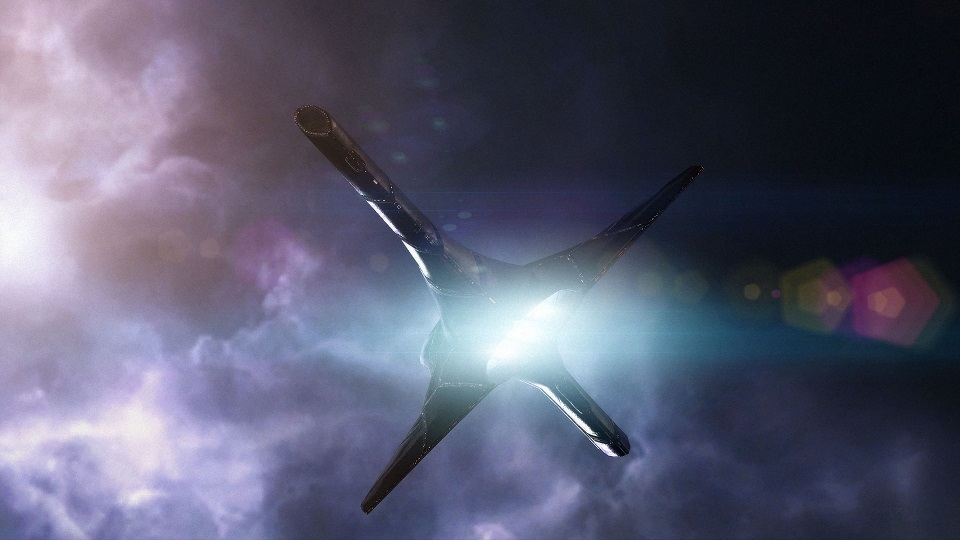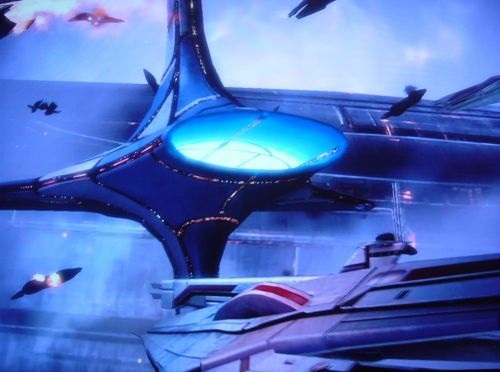
Dreadnought Update: Larger than most colonies, these warships are now mass-producible by all MSBS-Class ships.
Dreadnought Class Ships
History of the Dreadnought Class
Though humanity has never officially encountered a formidable or even sentient alien civilization, it continues to produce greater sizes and technology levels with its ships, AIs, and kits. Why?
At first there were aircraft carriers, then submarine-carrier hybrids, next came extra-orbital space stations along with privatized commercial civilian space travel (courtesy, the Virgin Galactic corporation), and finally colony ships and illegal free-lance mining and colonization efforts. Eventually Earth's resources ran dry (or so the story goes) and world-ships like the tri-tower city-ships and arks of the Firefly storyline came onto the scene. There were even ship models that mimicked the ships seen during the Armageddon War that seemed to be on a coastal invasion campaign to wipe out all of mankind (though those ships have long since vanished back into the great unknown as quickly as they'd come).
It all seems to point to one thing: healthy intra-species rivalry and competition (and fairly routine violent uprisings). Thus, the massive Dreadnought Class was formed -now fielding nearly a thousand of its kind.
Though humanity has never officially encountered a formidable or even sentient alien civilization, it continues to produce greater sizes and technology levels with its ships, AIs, and kits. Why?
At first there were aircraft carriers, then submarine-carrier hybrids, next came extra-orbital space stations along with privatized commercial civilian space travel (courtesy, the Virgin Galactic corporation), and finally colony ships and illegal free-lance mining and colonization efforts. Eventually Earth's resources ran dry (or so the story goes) and world-ships like the tri-tower city-ships and arks of the Firefly storyline came onto the scene. There were even ship models that mimicked the ships seen during the Armageddon War that seemed to be on a coastal invasion campaign to wipe out all of mankind (though those ships have long since vanished back into the great unknown as quickly as they'd come).
It all seems to point to one thing: healthy intra-species rivalry and competition (and fairly routine violent uprisings). Thus, the massive Dreadnought Class was formed -now fielding nearly a thousand of its kind.
List of Dreadnought-Class Ships
UAP: 250
United Earth Directorate: 350
KoHoE: Classified
KoHoE, aka The Human Empire, is not to be confused with the overall empire or domain of humanity throughout the Milky Way Galaxy. KoHoE is an Earth-based sect of humanity that calls itself The Human Empire in a much different sense of the phrase.
UAP: 250
United Earth Directorate: 350
KoHoE: Classified
KoHoE, aka The Human Empire, is not to be confused with the overall empire or domain of humanity throughout the Milky Way Galaxy. KoHoE is an Earth-based sect of humanity that calls itself The Human Empire in a much different sense of the phrase.
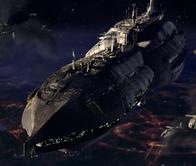
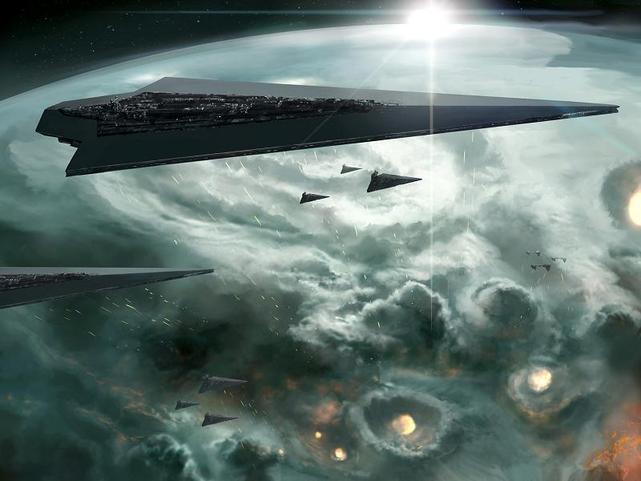
德雷德諾特
類
別
船
舶
別
船
舶
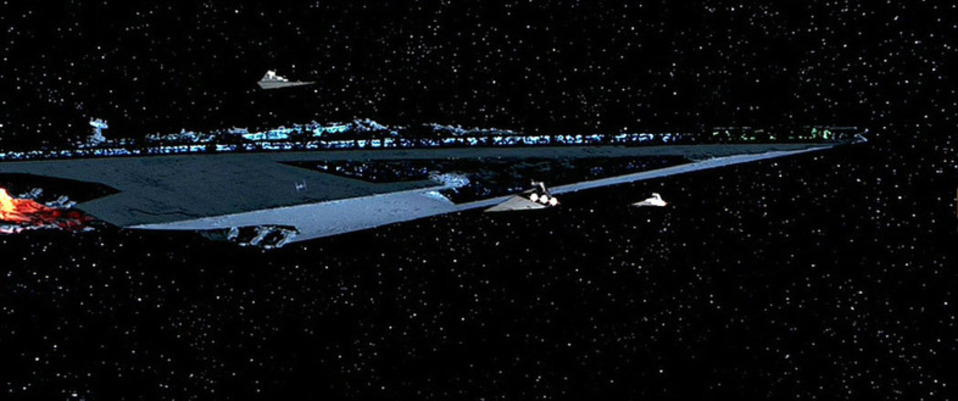
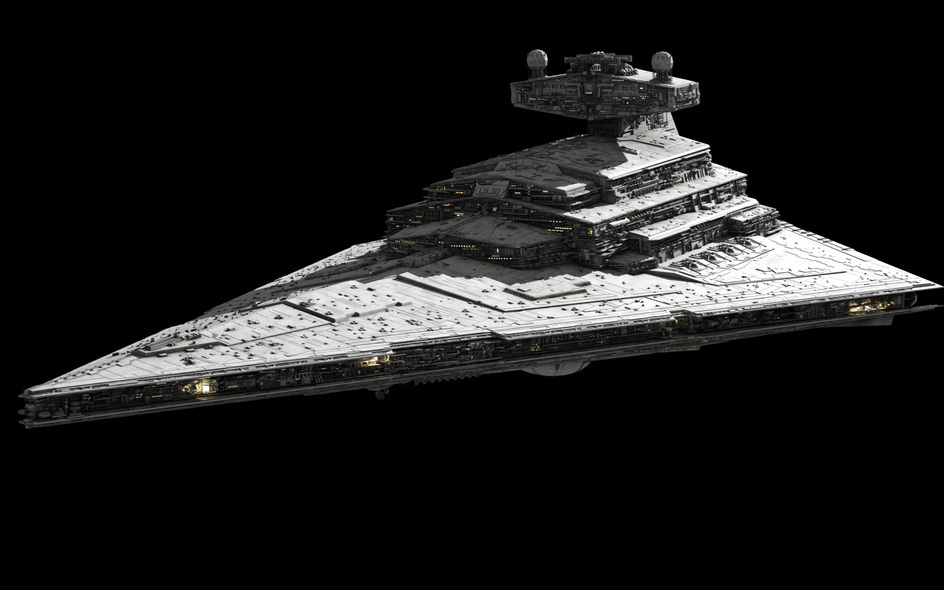


Very Long Range Weapons Systems and Platforms
Using targeting lasers and firing computers, larger and more sophisticated ships, bases, and artillery pieces can accurately engage targets on other moons, from moon to planet, or from a planet to its moon(s). Space-naval ships can fire lasers and shells extremely long distances between planets, and calculate how each planet's gravity will curve the laser or shell, hitting targets on the other side of worlds by making use of this gravity slingshot effect, curving the trajectory and speeding up the projectile before impact. These ships are also able to detect and fire through dense areas of space, like nebulas, dead star coronas, wormholes, and gravity-rivers, all of which pull on the projectile, curving its trajectory, and making it very processor-consuming for AI computer systems to figure out where all of the projectiles are going.
Using targeting lasers and firing computers, larger and more sophisticated ships, bases, and artillery pieces can accurately engage targets on other moons, from moon to planet, or from a planet to its moon(s). Space-naval ships can fire lasers and shells extremely long distances between planets, and calculate how each planet's gravity will curve the laser or shell, hitting targets on the other side of worlds by making use of this gravity slingshot effect, curving the trajectory and speeding up the projectile before impact. These ships are also able to detect and fire through dense areas of space, like nebulas, dead star coronas, wormholes, and gravity-rivers, all of which pull on the projectile, curving its trajectory, and making it very processor-consuming for AI computer systems to figure out where all of the projectiles are going.
